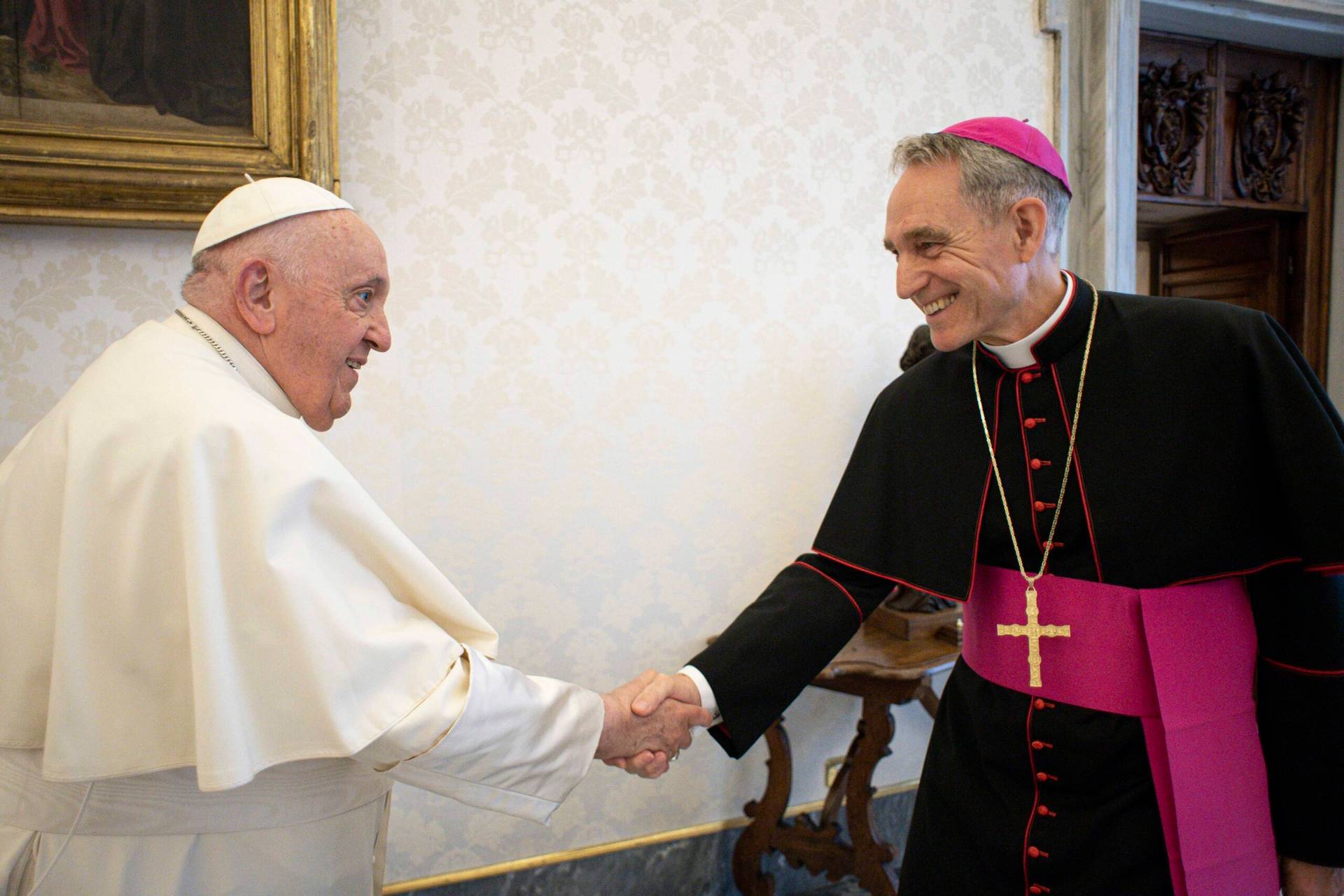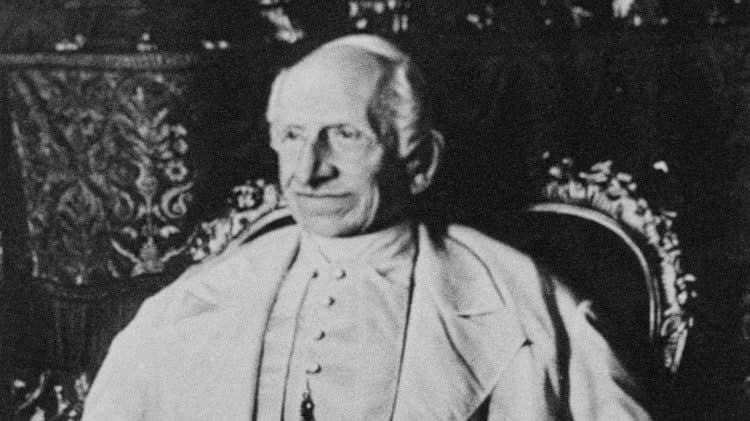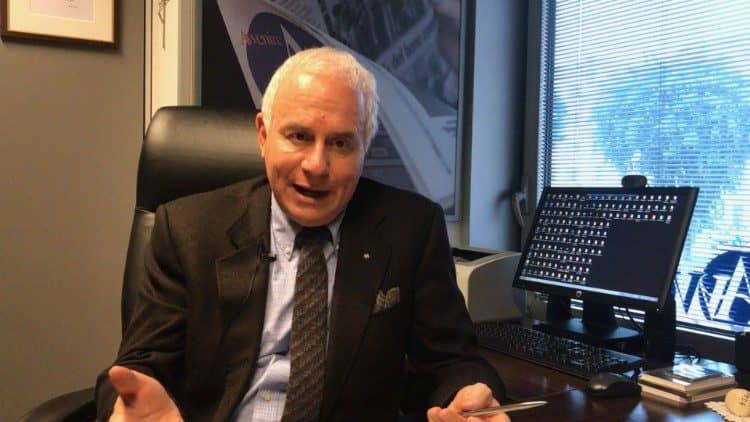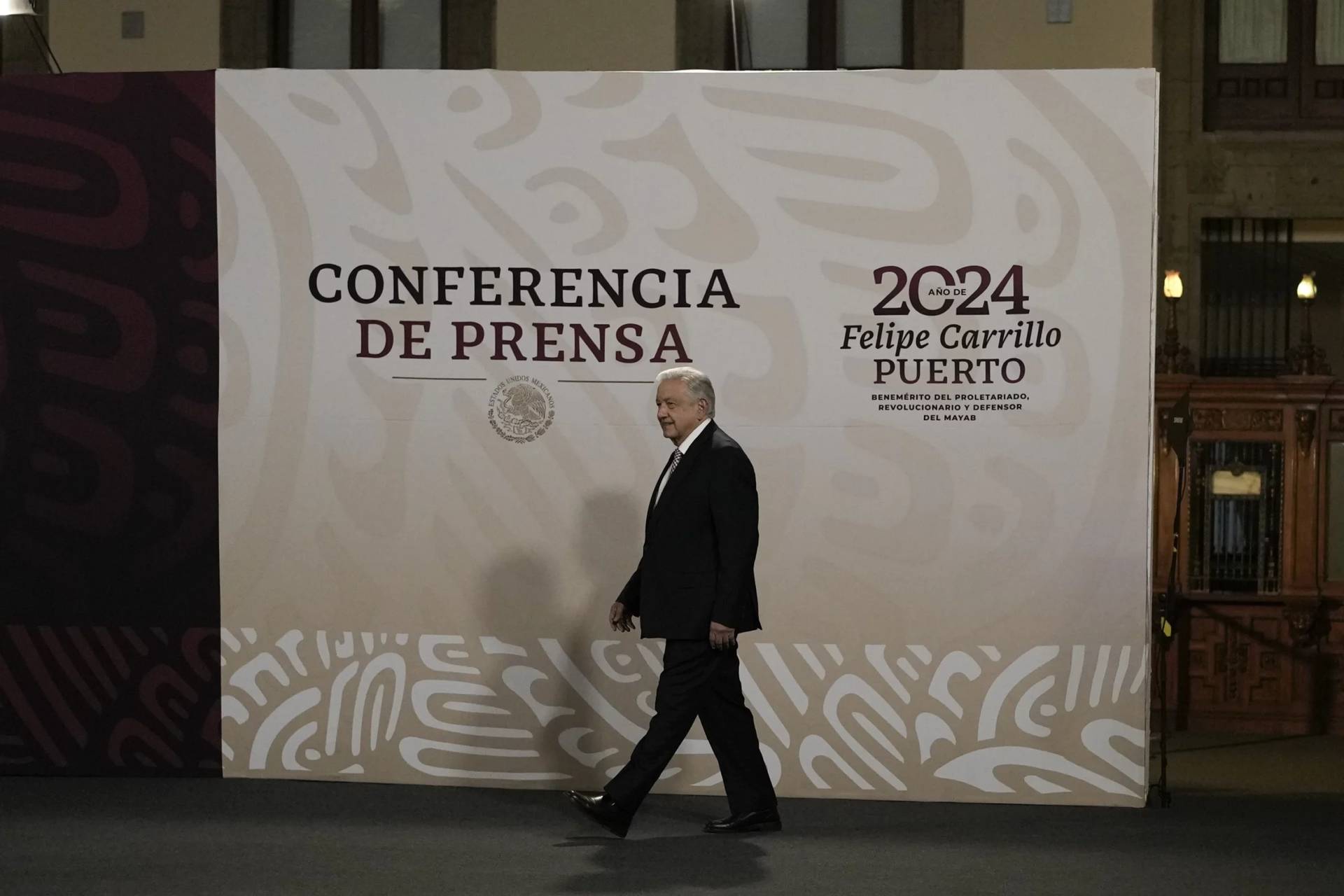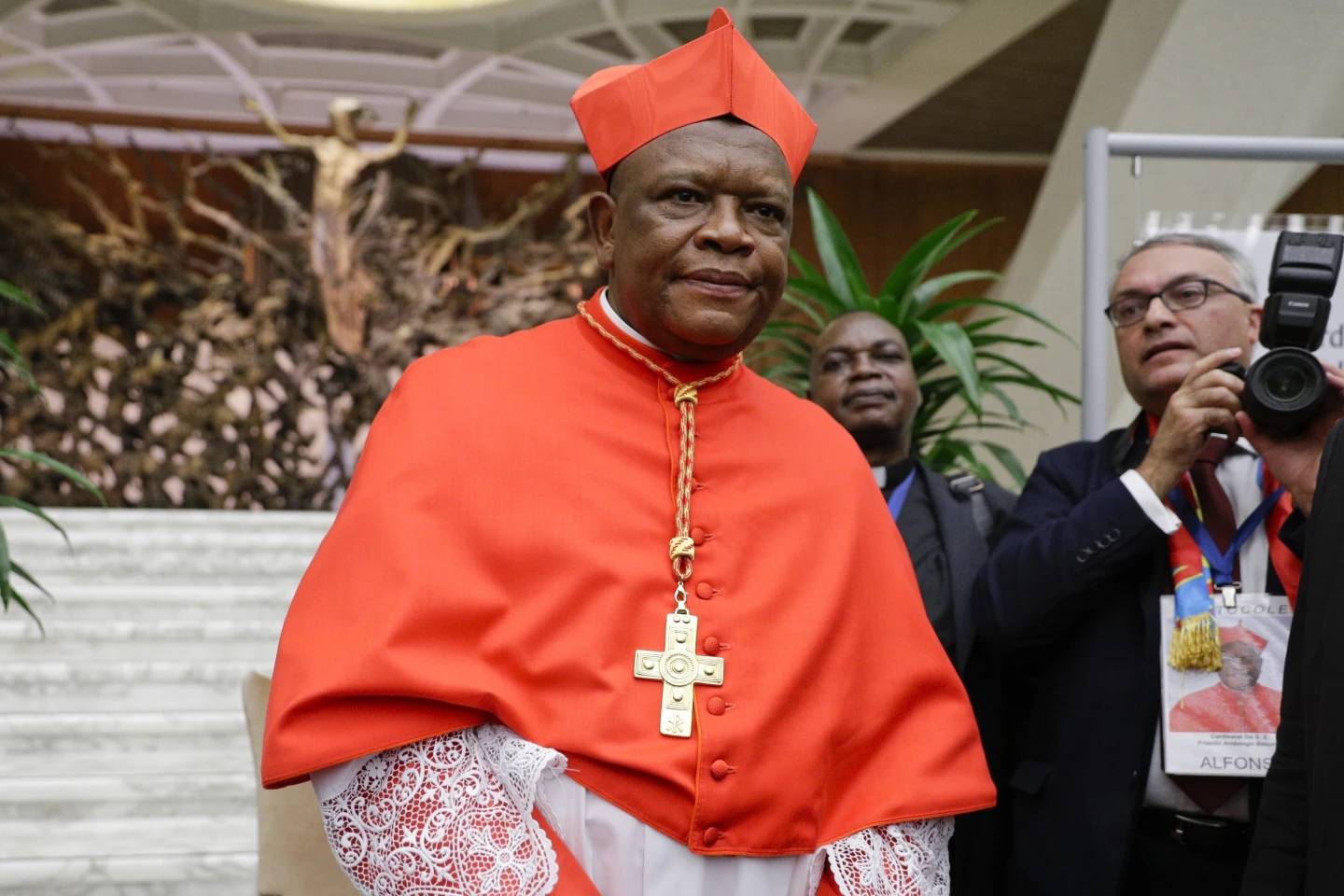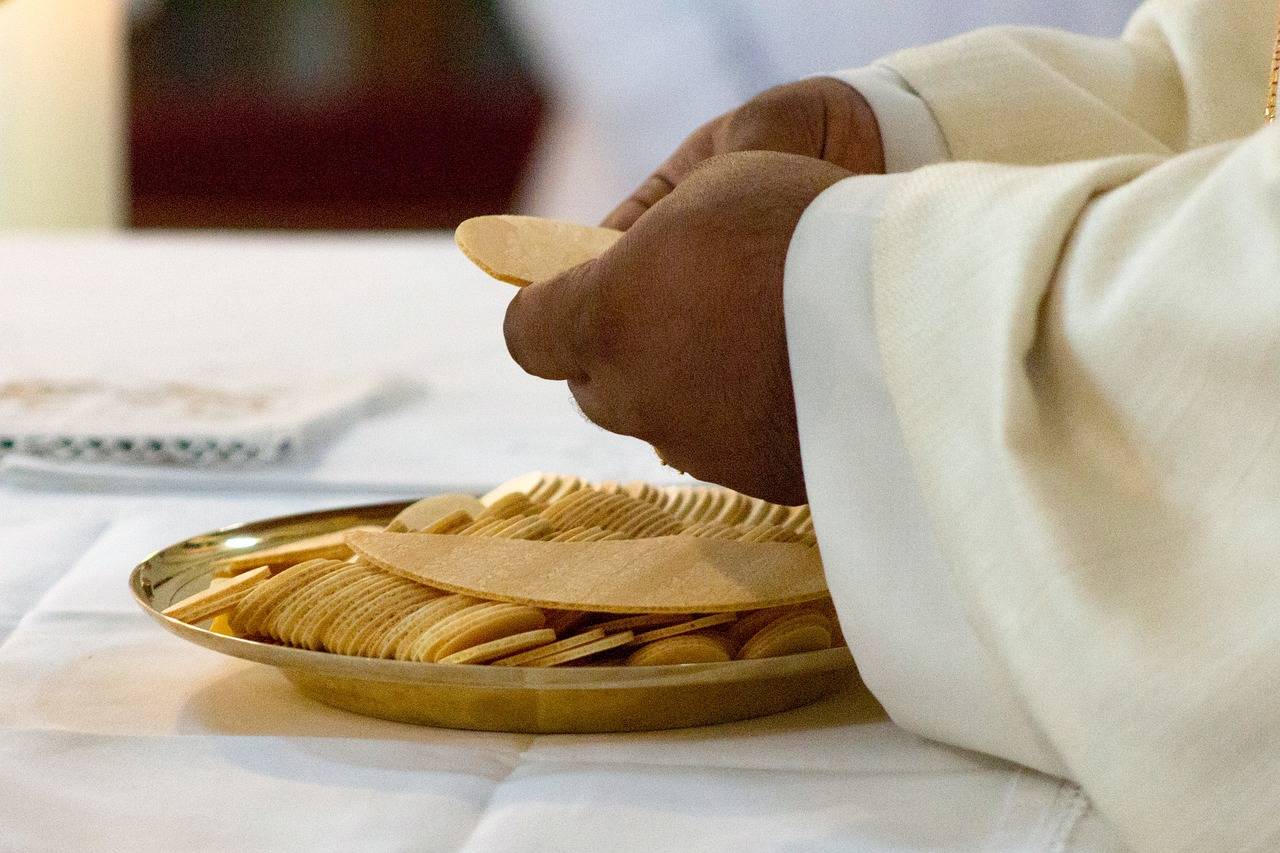ROME – According to a recent report in Corriere della Sera, Italy’s paper of record, an Italian financier now based in London named Raffele Mincione has filed two civil suits against the Vatican’s Secretariat of State before the UK’s High Court of Justice, both related to a now-infamous land deal in London’s Chelsea neighborhood he brokered in 2013.
That $225 million deal, which the Secretariat of State originally financed in part out of proceeds from the annual “Peter’s Pence” collection, was to buy half of a former Harrod’s warehouse originally slated for conversion into luxury apartments. Five years later, after the Secretariat of State soured on its relationship with Mincione, it brought in another Italian financier named Gianluigi Torzi to help them buy the rest of the property outright, reportedly spending about another $170 million.
Over the last several months, charges of swindling, corruption and extortion have surrounded the London affair. To date, at least seven Vatican officials have either resigned or been fired, and at the moment both Mincione and Torzi, along with two former officials of the Secretariat of State, Italian layman Fabrizio Tirabassi and Monsignor Alberto Perlasca, are all facing possible criminal charges by a Vatican tribunal.
From the beginning, Mincione has insisted he did nothing wrong and that the property represents a good investment. To put his money where his mouth is, last month Mincione’s lawyers reportedly approached the Vatican about buying the property back for roughly what’s been spent on it, but, according to those accounts, the Vatican’s Promoters of Justice blocked the proposal.
The two civil actions amount to defamation claims, seeking to have the High Court declare that Mincione’s conduct was above board and thus that the Vatican unfairly has injured his reputation by presenting him publicly as a suspect.
It remains to be seen whether the High Court will agree to hear the cases, and, if so, how they may turn out. In the meantime, three aspects of the situation are worth noting.
First, should the High Court take up Mincione’s claims, the stage could be set to have the same set of facts adjudicated by two different courts, one in the Vatican and one in the UK. Such a scenario would invite an interesting compare-and-contrast dynamic at the end.
One wonders if the prospect of review by an independent, secular court in the UK may alter the way Vatican prosecutors and judges think about their own handling of the charges. One would imagine they’d want to be especially sure of both the facts and the law, since it would be embarrassing to have another court rule, in effect, that they set up Mincione as a fall guy.
If Mincione actually believes himself to be innocent, this may be smart strategy, perhaps one of the few ways a layman external to the Vatican can gain a bit of leverage in its internal deliberations.
Second, Mincione and Torzi are the latest in a long list of Italian bankers, businessmen and financiers whose names always seem to surface in the role of the villain whenever there’s a financial mess in the Vatican. When the Vatican Bank scandals erupted in the 1970s and 1980s, it was Michele Sindona and Roberto Calvi. More recently, when a scandal erupted involving a diversion of funds from the papally-sponsored Bambino Gesù pediatric hospital to pay for remodeling on the apartment of Italian Cardinal Tarcisio Bertone, the former Secretary of State under Pope emeritus Benedict XVI, it was Giuseppe Profiti, president of the foundation that oversaw the hospital and a veteran health care administrator.
In each case, the suggestion is that it was these laymen who were the masterminds of the affair – which, conveniently or not, has the effect of shifting culpability away from senior Vatican clerics who signed off.
(By the way, fate, at least, seemingly has become more kind to these figures. Calvi was found hanging underneath London’s Blackfriars bridge in 1982 and Sindona died in jail under murky circumstances in 1986, while today Profiti is happily teaching administrative law at the University of Genova.)
Seeing the handwriting on the wall, Mincione may have decided he’s not going to wait for the script to unfold this time.
The image of the unscrupulous Italian con man is so burned into popular consciousness – think “The Godfather” – that it’s always seductive, but Mincione’s pushback could mean that this time it’s subjected to greater critical scrutiny. In itself that might be a salutary contribution to Vatican reform, suggesting to those with eyes that, one day, there may be no more outsiders to point to when things go bad.
Finally, if Mincione’s actions proceed, it’s likely that at least those cases will still be in the High Court’s pipeline when Oct. 4 rolls around, regardless of the Vatican’s own legal calendar. That’s the date when the Peter’s Pence collection is now scheduled, after having been delayed from its usual date of June 29, the feast of Sts. Peter and Paul, due to the coronavirus.
Because there would still be an active legal process, it’s all the more likely that memories of the London scandal won’t have dimmed by the time Catholics around the world once more are asked to donate, and it will be interesting to see what they’re told when the moment comes.
When the scandal over the deal first broke out, many Catholics voiced outrage that money they thought was for papal charities was instead being used to purchase high-end real estate. In response, Vatican officials insisted that the statutes of the Peter’s Pence collection specify that proceeds are used to support papal activities, not just charities, and anyway, income from such investments eventually means more money for charity too.
Yet that’s often not what Catholics hear in the pews when the collection baskets roll around, leading to impressions of misrepresentation.
I can testify that when my wife and I went to Mass here in Rome last Sunday, the pastor, in explaining how the collection would be handled this year, once again said it was to support “the charities of the pope.”
If the Vatican wants to avoid more heartache in the fall, it might wish to consider issuing some guidance to pastors as to how they should present the collection, as well as how they can answer the critical questions some people may pose.
On that front, it’s just possible they’ll get an unsolicited assist from an English court.
Follow John Allen on Twitter at @JohnLAllenJr.







